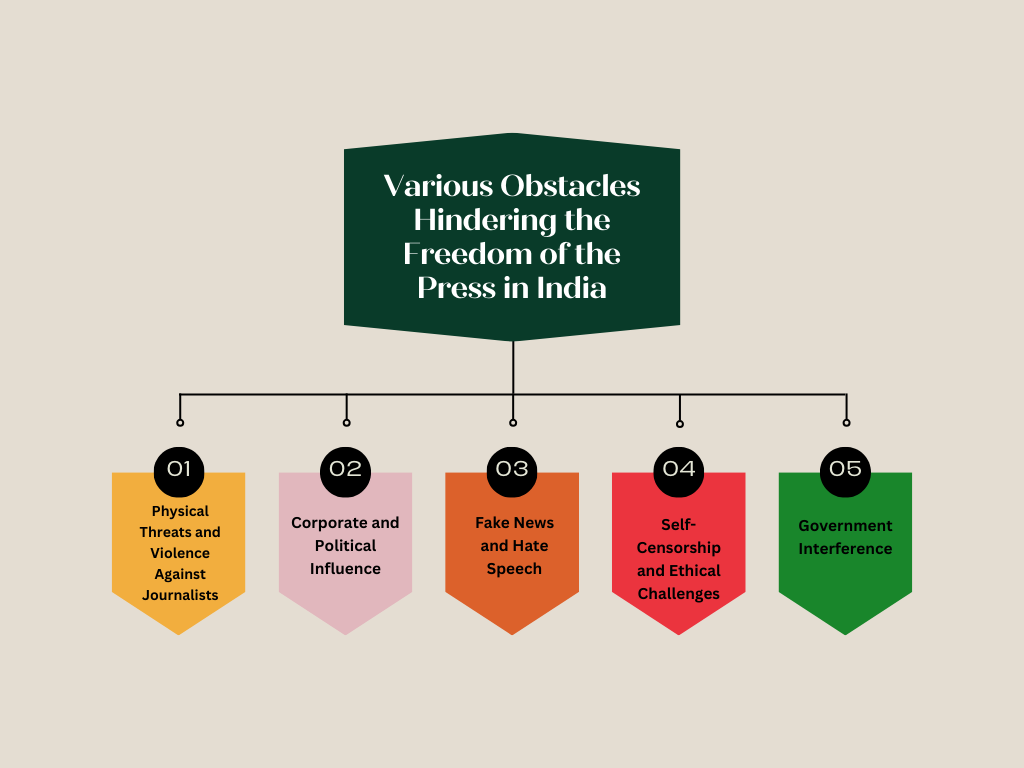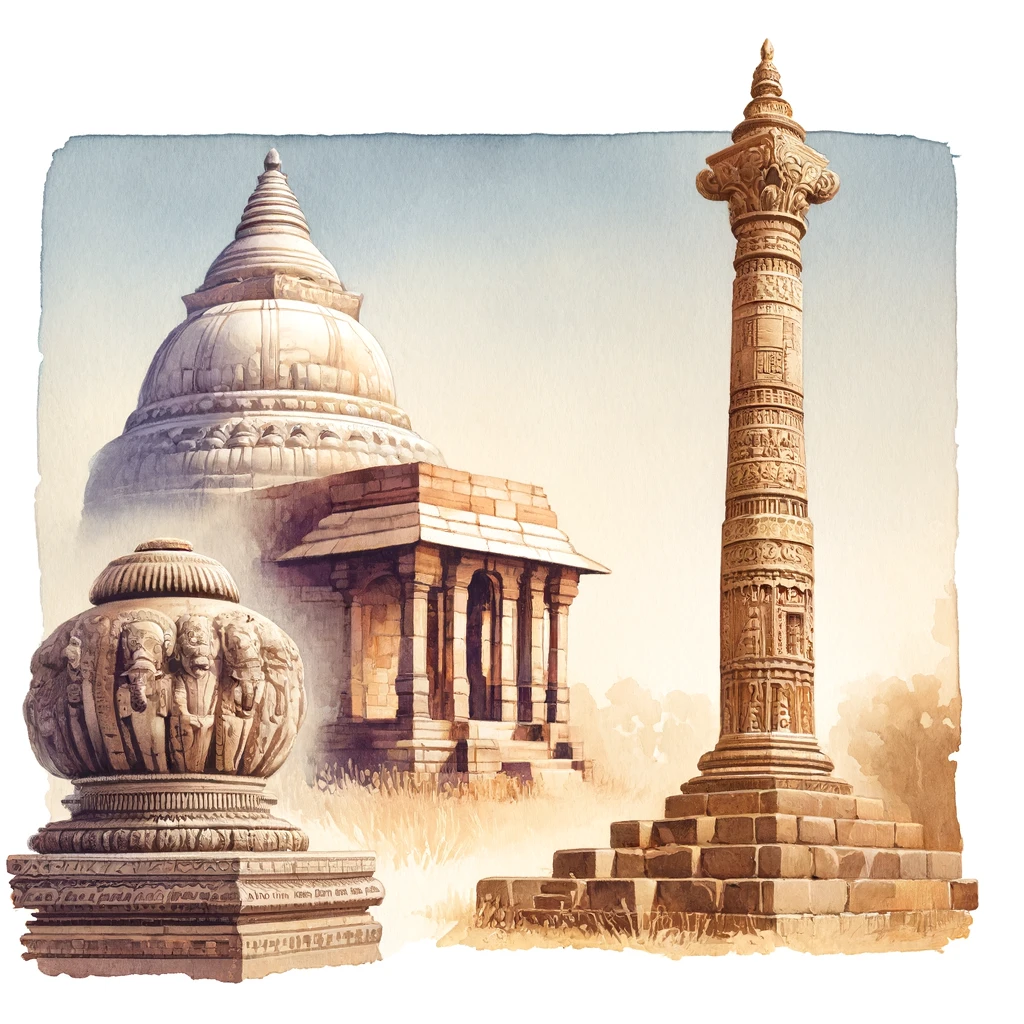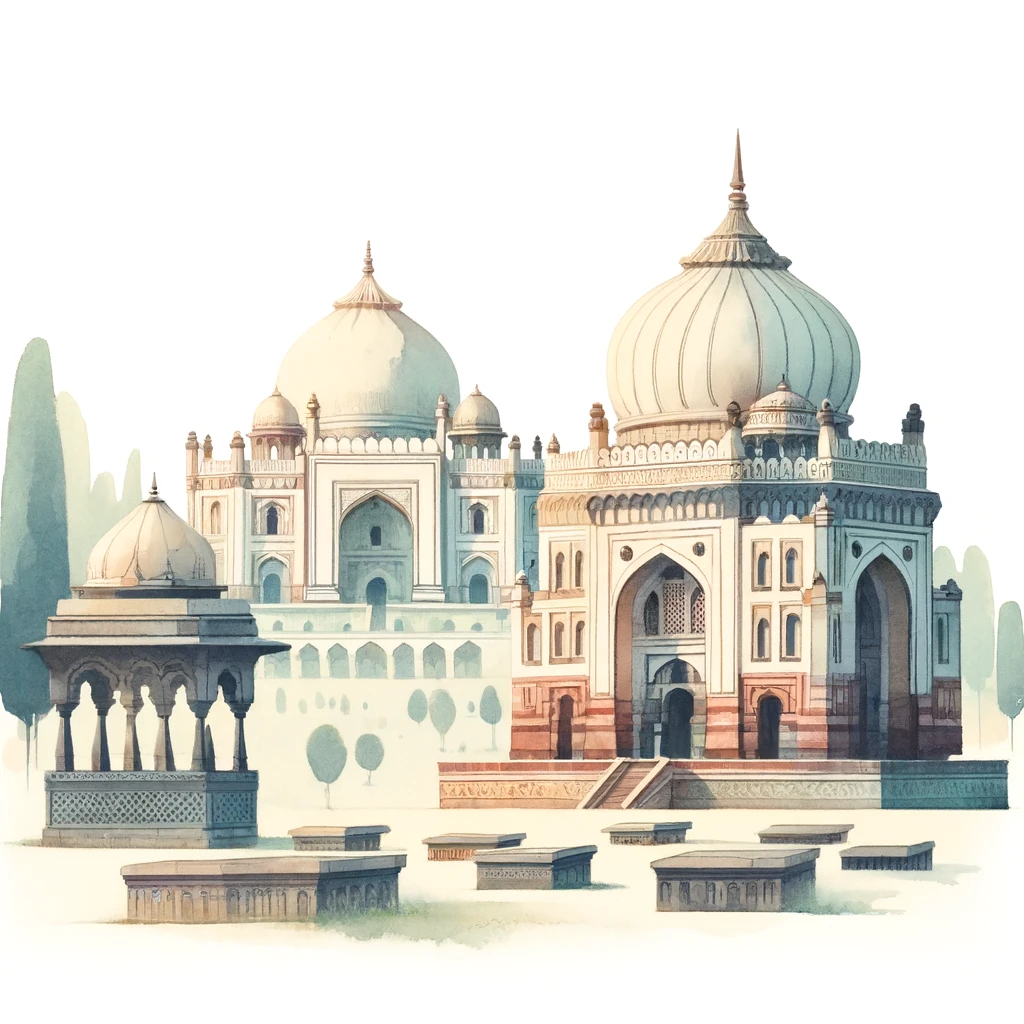India’s status as the world’s largest democracy demands a free press to amplify citizens’ voices and scrutinize government actions. However, India’s recent ranking of 159th out of 180 in the World Press Freedom Index is alarming. This editorial delves into the challenges and strategies to improve press freedom in India.
Origin of the Article
This editorial is based on the article ‘Questions on Press Freedom,’ published in The Hindu Business Line on 21/5/2024. The article discusses India’s position in the World Press Freedom Index and the challenges faced by the press in India.
Relevance for UPSC Students
Understanding press freedom is crucial for UPSC aspirants as it relates to various subjects like Indian Polity, Fundamental Rights, and Government Policies. Knowledge of this topic aids in answering questions in both prelims and main exams and enhances critical thinking about democratic principles.
Why in News?
India’s alarming rank of 159th in the World Press Freedom Index 2024 has sparked widespread discussion. This topic is crucial for UPSC aspirants as it touches on fundamental rights, the role of media in democracy, and government policies. Past questions have explored freedom of speech, press freedom, and related legal frameworks, making this a highly relevant area for comprehensive understanding and analysis.
World Press Freedom Index (WPFI)
The World Press Freedom Index (WPFI) is a comprehensive assessment of press freedom levels across countries, compiled annually by Reporters Sans Frontiers (RSF) since 2002. It is a crucial tool in understanding the state of media freedom globally, highlighting the conditions under which journalists operate.
Objective
The primary aim of WPFI is to gauge the extent to which journalists, media organizations, and citizens can freely exercise their rights to gather, report, and access information. It also assesses the efforts made by authorities to uphold these freedoms, focusing strictly on press freedom rather than the quality of journalism or broader human rights issues.
Methodology
The WPFI uses a methodology centered on defining press freedom as the ability of journalists to independently select, produce, and disseminate news in the public interest. This methodology, updated in 2021, emphasizes independence from political, economic, legal, and social influences while ensuring the physical and mental safety of journalists.
Key Indicators
To accurately assess press freedom, the WPFI utilizes five key indicators: political context, legal framework, economic context, sociocultural environment, and safety. These indicators collectively provide a holistic view of the conditions under which the press operates in various countries.
Key Highlights of the World Press Freedom Index (WPFI) 2024
The 2024 World Press Freedom Index reveals significant insights into global press freedom, showcasing both improvements and declines in various regions. Notably, the index highlights the disparities in press freedom across different continents and political regimes.
Global Trends
Press freedom remains relatively robust in European Union countries, bolstered by the recent implementation of the European Media Freedom Act (EMFA). In contrast, the Maghreb and Middle East regions continue to face severe government-imposed restrictions on the press, leading to a stifled media environment.
Comparative Analysis on a Global Scale
Scandinavian countries such as Norway, Denmark, and Sweden lead the WPFI rankings, exemplifying strong press freedom. Conversely, Eritrea, Syria, and Afghanistan are at the bottom. Within the BRICS nations, Brazil and South Africa rank higher than India, whereas China and Russia rank lower. In South Asia, India ranks lower than all countries except Bangladesh.
India’s Position in Press Freedom Rankings
India’s 2024 ranking at 159th, a slight improvement from 161st in 2023, places it alongside countries like the UAE, Turkey, and Russia. This reflects concerning levels of press freedom in the country, despite its status as the world’s largest democracy.
India’s Response
India has rejected the WPFI report, citing grounds of reasonable restriction under Article 19(2) of the Constitution. The government argues that the report’s methodology is dubious and lacks transparency, which undermines its credibility.
Did you read about Easing the Judicial Burden?
Significance of Free and Unrestricted Media in Democracy
Unrestricted media is fundamental to the functioning of a democracy. It ensures that citizens are well-informed, enabling them to participate actively in the democratic process and hold their government accountable.
Essential in a Democratic Framework and Civic Awareness
The press is a cornerstone of democratic societies, reinforcing democratic principles and engaging with the three pillars of democracy. The Supreme Court’s verdict in Romesh Thapar v. State of Madras (1950) affirmed the fundamental right to freedom of speech and expression, including press freedom.
Enhancing a Nation’s Resilience
Unbiased reporting and analysis by media outlets facilitate informed decision-making among citizens. During elections, the media plays a pivotal role in disseminating information about political parties, candidates, and their policies, ensuring the integrity of the democratic process.
Safeguard against Governmental Overreach
A free press serves as a check on government actions. The RTI Act of 2005 empowers citizens to access information held by public authorities, promoting transparency and accountability in governance.
Advocating against Societal Injustices
The press raises awareness and advocates against societal wrongs and injustices. For example, media coverage of the Nirbhaya case in 2012 led to public discourse on women’s safety and law enforcement reforms.
Vigilant Oversight and Championing Public Interests
The media acts as the voice of the public, uncovering instances of fraud and corruption. It scrutinizes government policies and expenditures, contributing to transparent governance through unbiased reporting.

Various Obstacles Hindering the Freedom of the Press in India
Press freedom in India faces numerous challenges, ranging from physical threats to journalists to external influences on media independence. These obstacles undermine the ability of the press to function freely and effectively.
Physical Threats and Violence Against Journalists
Journalists reporting on sensitive issues like corruption or communal tensions often face physical threats and violence. Laws like section 124A of the IPC, which criminalizes sedition, further endanger press freedom.
Corporate and Political Influence
The overwhelming influence of corporate and political entities on media compromises journalistic independence. This serves vested interests, undermining the freedom of the press.
Fake News and Hate Speech
Practices like paid news and the proliferation of fake news erode media credibility. Hate speech targeting journalists, often amplified on social networks, poses a direct threat to their safety.
Self-Censorship and Ethical Challenges
Journalists often practice self-censorship due to fear of repercussions. Ethical challenges arise from the need to balance truth-telling with navigating censorship or government-imposed restrictions.
Government Interference
Government involvement can undermine editorial independence. Controlling advertising budgets allows authorities to favor compliant media or punish dissenting voices, shaping media portrayal.
Various Bodies Associated with Press Freedom in India
Several regulatory and supportive bodies in India play crucial roles in maintaining and promoting press freedom. These organizations work to uphold ethical standards and protect journalists’ rights.
Regulatory Bodies
The Press Council of India (PCI), established under the Press Council Act of 1978, upholds press freedom and ethical journalism standards. The Ministry of Information and Broadcasting creates media policies, while the News Broadcasters Association (NBA) represents private television news broadcasters and sets ethical standards.
Bodies Ensuring Press Freedom
The Editors Guild of India defends press freedom and addresses journalists’ rights. India’s judiciary, including the Supreme Court, safeguards press freedom and addresses violations. International organizations like Reporters Without Borders (RSF) and the Committee to Protect Journalists (CPJ) monitor press freedom and highlight violations.
Strategies to Revamp Press Freedom in India
Revamping press freedom in India requires a multi-faceted approach involving legal reforms, protection measures, and enhanced media literacy. Collaborative efforts are essential to ensuring a free and autonomous press.
Implementing Committee’s Recommendations
Adopting recommendations from the Justice J.S. Verma Committee, the Press Council of India, and the National Human Rights Commission can enhance media transparency, accountability, and ethics.
Strong Legal Framework
Strengthening laws to protect journalists from harassment and violence is crucial. Upholding Article 19(1)(a) of the Constitution ensures freedom of speech and expression, as affirmed by the Supreme Court in 2017.
Independent Media Regulatory Bodies
Establishing autonomous regulatory bodies with transparent appointment processes and adequate resources can ensure fair and unbiased media oversight, fostering public trust.
Protection for Whistleblowers and Journalists
Enacting laws like the Whistleblowers Protection Act, of 2014, provides a legal framework to protect those exposing wrongdoings. Ensuring the safety of journalists encourages fearless reporting.
Addressing Online Threats and Fake News
Combating cyber harassment and misinformation campaigns targeting journalists is essential. Initiatives like the NBDA’s 2022 campaign against online harassment can protect journalists, especially women.
Media Literacy and Training
Promoting media literacy and ethics training for journalists can address ethical dissonance and safeguard constitutional guarantees of press freedom through legal protections.
International Cooperation
Collaborating with international organizations like UNESCO’s IPDC can promote best practices, share experiences, and leverage global support for press freedom in India.
Conclusion
In conclusion, ensuring press freedom in India demands a concerted effort involving robust legal frameworks, independent regulatory bodies, and protective measures for journalists and whistleblowers. Recommendations from esteemed committees underscore the need for media literacy, ethics training, and transparency in media institutions. As future civil servants, understanding and advocating for these measures can fortify democracy and uphold the integrity of the free press in our nation.



